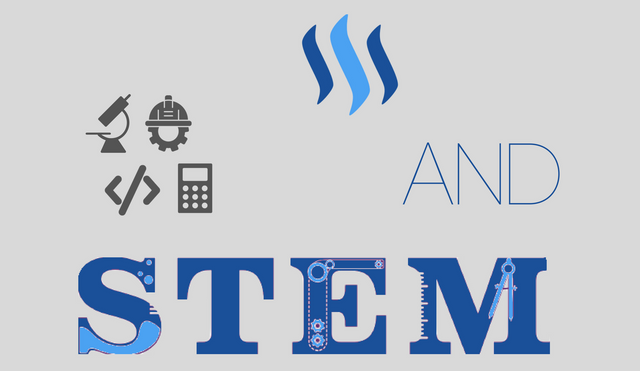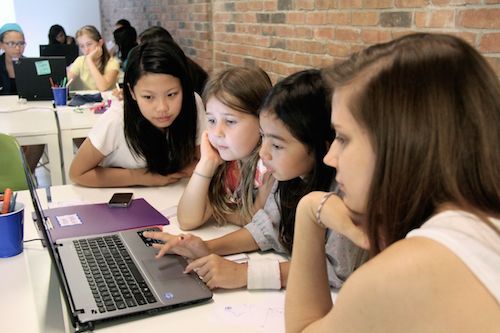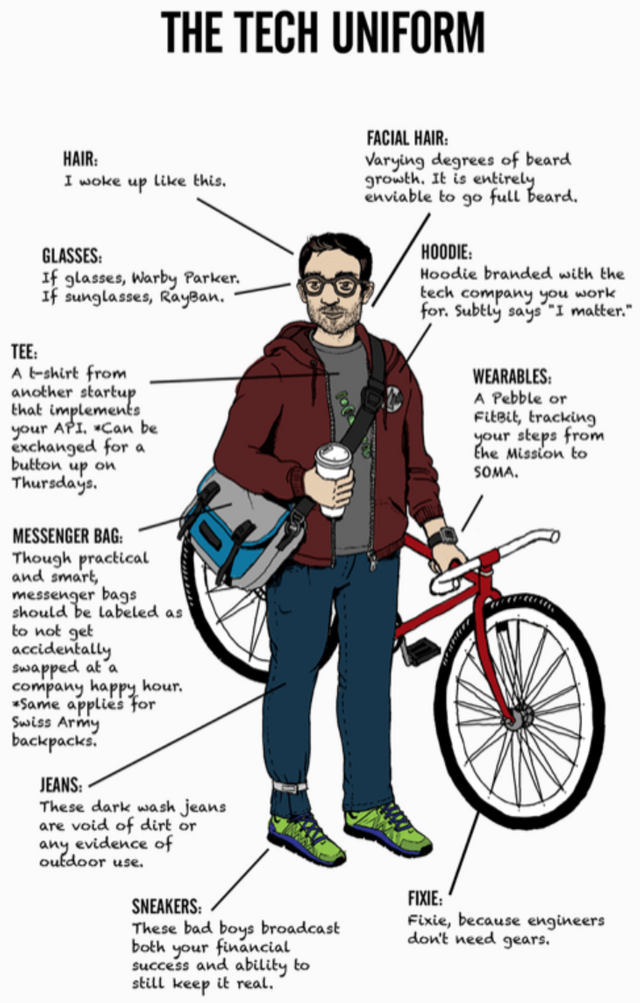Putting the STEM in STEEM

Gray icons are from the Noun Project by Cuby Design, Dinosoft Labs and Trendy (Creative Commons license)
What is STEM?
STEM is an acronym to describe four broad, technical and influential fields. STEM professionals work in cutting edge environments and drive innovation. It stands for:
S - Science
T - Technology
E - Engineering
M - Mathematics
This past year I served at a STEM education nonprofit with AmeriCorps VISTA. I assisted in a variety of ways working within operations, fundraising, development, event planning, etc... I am now very involved with STEM education and work with community leaders to reach underserved populations in and around Denver.
STEM is incredibly important, but the United States faces two significant issues: (1) STEM fields are mainly dominated by white men and (2) we face a shortage of competent STEM workers. Often times, people will use the phrase "digital divide" or "digital gap" to describe the state of the STEM workforce in the US.
The importance of having diversity in STEM can't be understated. A vast amount of research indicates that diversity in the workplace boosts productivity, revenue, creativity and innovation. That said, a lack of diversity can produce the opposite effects, and this can be detrimental. Given that STEM fields affect nearly every facet of human life, we need to have serious conversations about the impact of a non-diverse STEM workforce.
Fortunately, these conversations are starting to gain steam (no pun intended) and nonprofits continue to be strong advocates for diversity in STEM. Here are a few of my favorite organizations:
- Girls in STEM
- Girls, Inc.
- Girls Who Code
- Black Girls Code
- Girls in Tech
The lack of diversity in STEM can be attributed to a few different things. For one, boys and girls' interests are scripted at an early age (e.g. boys are given legos and girls are given to dolls to play with). Kids are inundated with thousands of ads, and many of these 'genderize' many aspects of their lives. While some parents make a concerted effort to provide the same opportunities to both their daughters and sons, unfortunately, the world doesn't reciprocate this narrative.
Another problem, STEM job postings usually include an unnecessary amount of required credentials. A job posting may list 20 necessary skills, even if only 5-6 of them are actually relevant to the specific job. Why is this a diversity issue? As research shows, women are more likely to skip over job prospects they don't think they are qualified for (technically, a rational approach). Unlike men, who are traditionally over-confident in this regard and do apply for jobs, even when they are technically unqualified for the position. This leads to a greater number of non-diverse applicants which leads to a non-diverse workforce. A job description should only include relevant skills & credentials.
There are also stigmas. What do you picture when I tell you to think of Silicon Valley? Most people envision a bunch of white, male millennials crouched over their laptops in gray hoodies. This 'look' discourages girls from engaging with STEM.
Women in STEM are used to being one of the few females in the room. As many of them echo, they deal with condescending, arrogant colleagues on a daily basis. There is a perception that women aren't as smart as their male counterparts. This sentiment is real and runs deep, especially in large STEM corporations like Google, Apple, Amazon, etc...
In 2017, a google engineer named James Damore received national press by sending an internal memo criticizing Google's diversity policy. In the memo, he states that women have biological underpinnings that make them less equip to deal with STEM disciplines. He essentially puts across a message that women don't have what it takes to deal with the complexity and fast-moving nature of STEM. Unfortunately, his misconceptions and poor research point to a more systemic problem of sexism and false stereotypes.
What needs to be done?
We need to engage girls and minority groups in STEM at early age. This means more after school programs, organizations, community support initiatives, grant funding, ed-tech startups, etc...
We need to fight stigmas. This isn't an easy feat and has to be a collective effort.
News-reporters and media broadcasters need to highlight kids' remarkable capacity to create and innovate.
Parents should encourage their daughters to pursue STEM activities.
Pressure needs to be put on profit-driven industries that corrupt youth development by spewing single-gender narratives. This comes through effective regulation that incentivizes good behavior.
The general public needs to stand up and call out corporations that are abusing children's self-esteem and aspirations.
STEEM is STEM
Steemit has STEM written all over it (with an emphasis on the 'T'). For the most part, Steemit is pretty diverse in geographic location, thought and race. Or, at least that's what I've seen so far (I'm still relatively new, so you can take that with a grain of salt). I'm not sure how it fares in gender diversity, but it wouldn't surprise me if Steemit was male-dominated. Nevertheless, Steemit can only benefit from greater diversity.
I am in the early stages of a STEM startup which is fortunately funded by the NSF (National Science Foundation). I'm pretty excited. NSF actually invests tons of money in STEM education which is one of the primary reasons I respect them so much.
So, anyways, expect more STEM content from me in the near future. I'll probably start sharing STEM news updates as well if the Steemit community seems interested.
@stencil.art has graciously offered to make my Steemit signature. He is incredibly talented and new to Simbi. Stay tuned. Highly recommend checking out his work.


hello @cryptospreads good luck
Thanks!